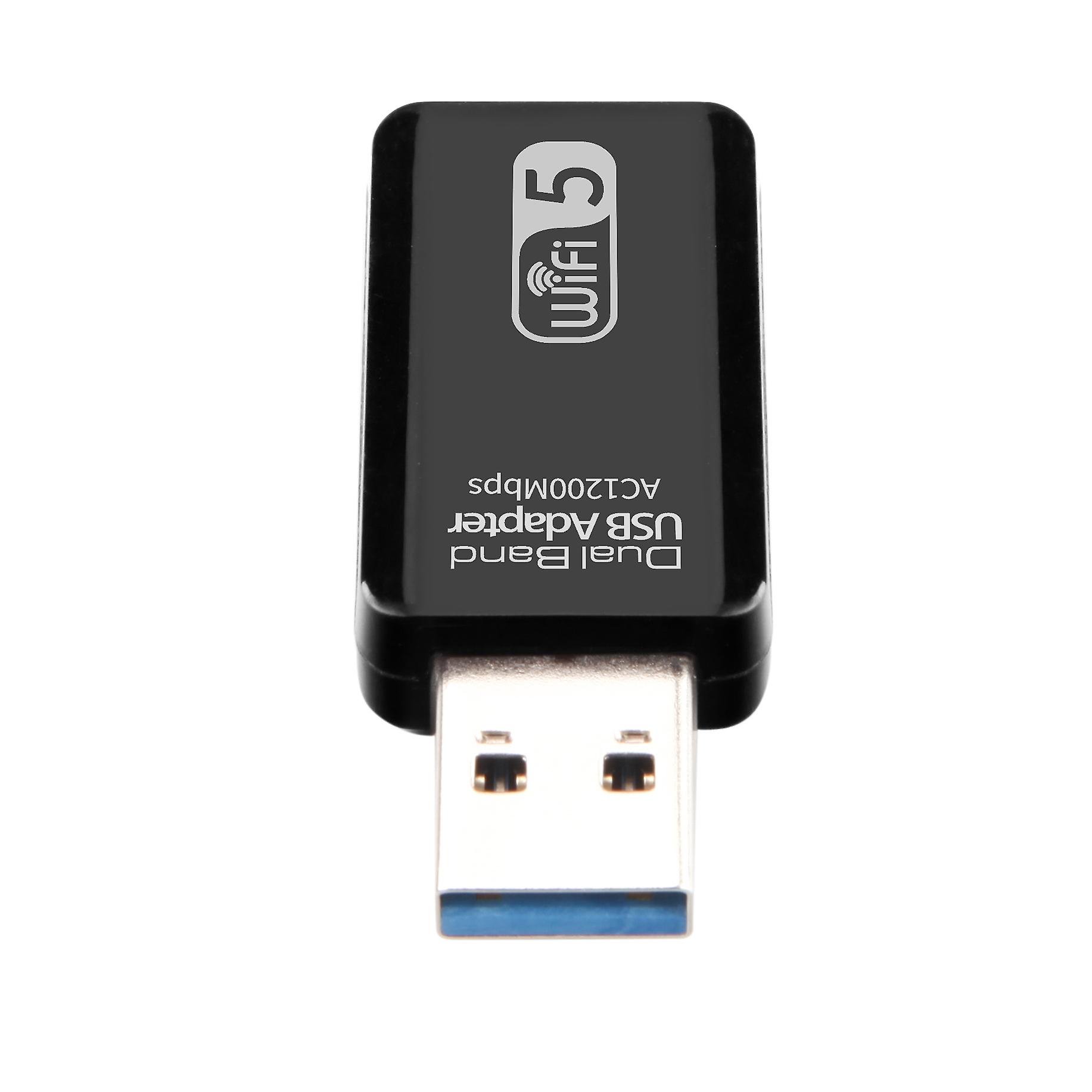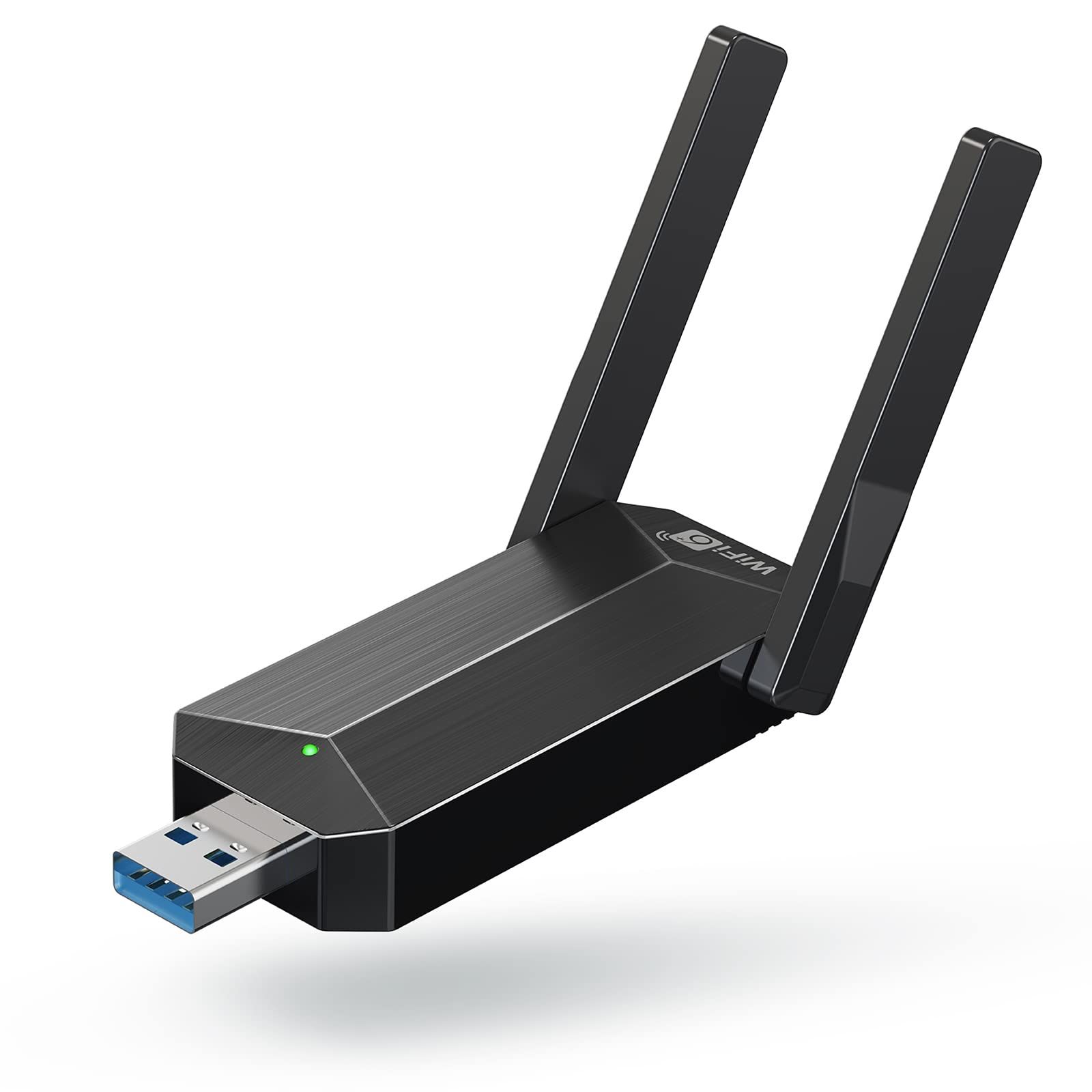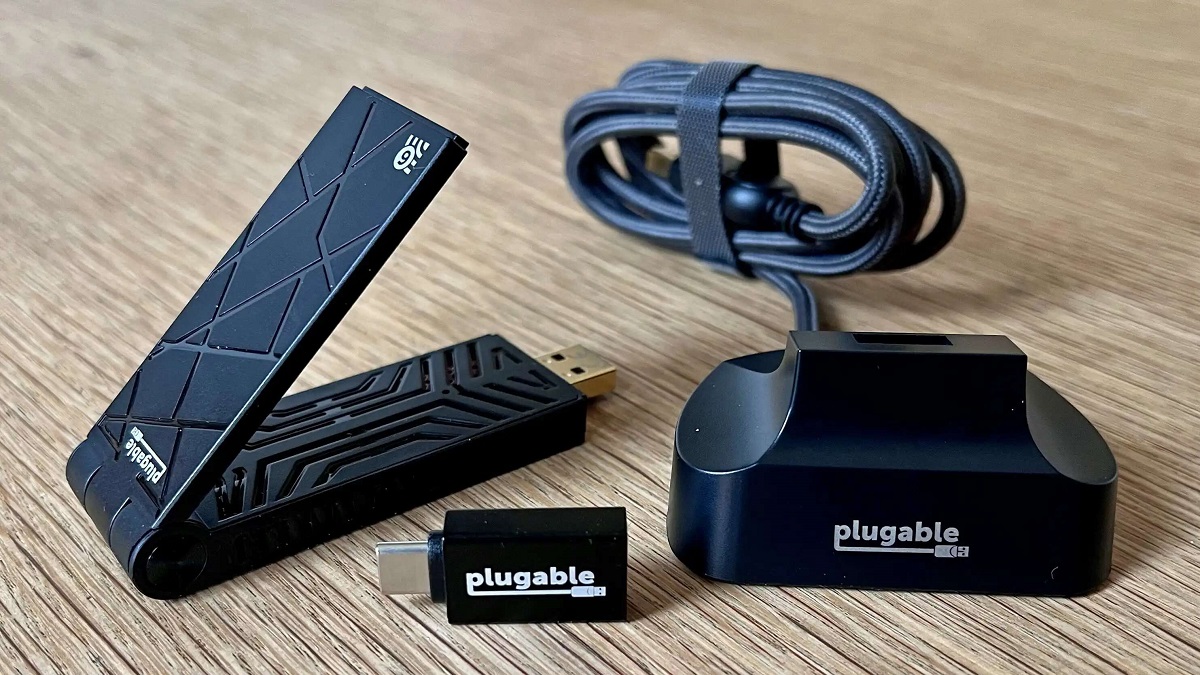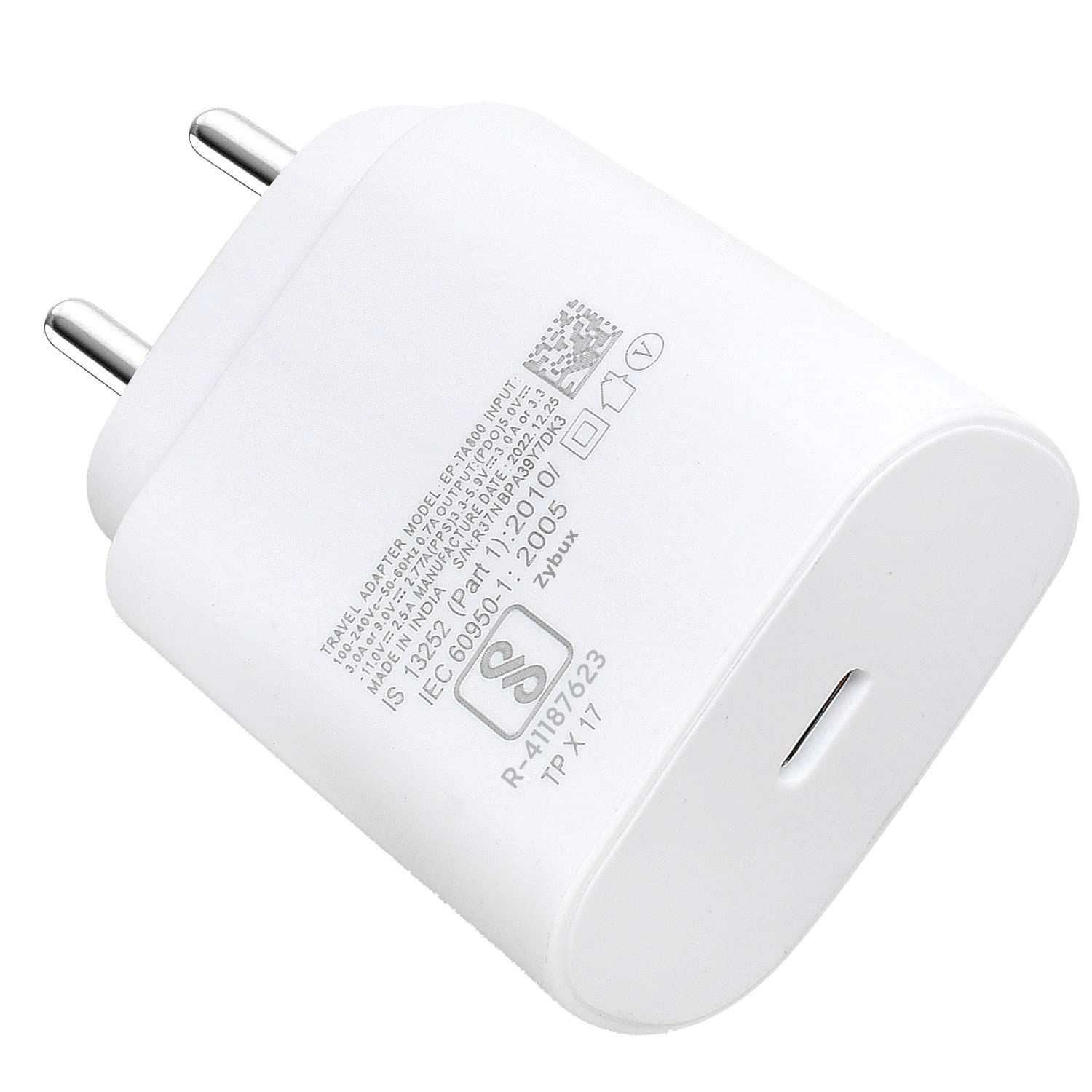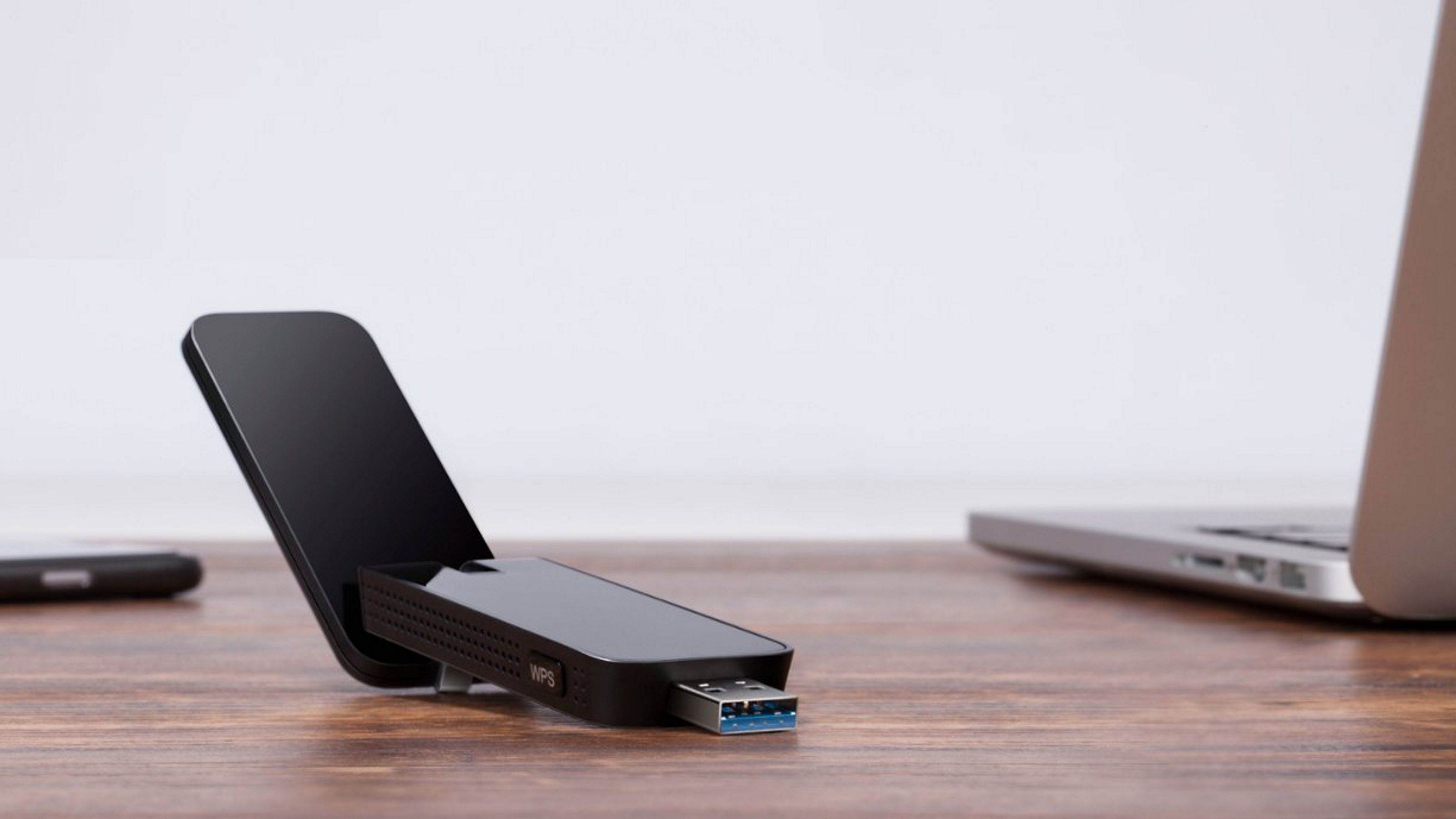Introduction
In today's digital age, the ability to create a Wi-Fi hotspot on your Windows 8 computer can be incredibly useful. Whether you're at a coffee shop, in a hotel room, or simply need to share your internet connection with other devices, setting up a Wi-Fi hotspot provides convenience and flexibility.
With a Wi-Fi hotspot, you can transform your Windows 8 computer into a wireless access point, allowing other devices such as smartphones, tablets, and laptops to connect to the internet through your computer's network connection. This can be especially handy when you're on the go and need to access the internet from multiple devices without relying on public Wi-Fi networks, which may not always be secure or reliable.
By creating a Wi-Fi hotspot on your Windows 8 computer, you can take control of your internet connectivity and ensure that you have a secure and stable connection wherever you are. Additionally, this feature can be particularly valuable for individuals who need to share their internet connection with colleagues during meetings or collaborate on projects in a shared workspace.
In this user guide, we will walk you through the process of setting up a Wi-Fi hotspot on your Windows 8 computer, providing step-by-step instructions and valuable tips to ensure a smooth and efficient setup. By the end of this guide, you will have the knowledge and confidence to create and customize a Wi-Fi hotspot that meets your specific needs, enabling seamless connectivity for all your devices.
Now, let's dive into the step-by-step process of creating a Wi-Fi hotspot on your Windows 8 computer and unlock the potential of convenient and reliable wireless connectivity.
Step 1: Check if your computer supports Wi-Fi hotspot
Before diving into the process of setting up a Wi-Fi hotspot on your Windows 8 computer, it's essential to verify whether your device supports this functionality. While most modern Windows 8 computers are equipped with the necessary hardware and software capabilities to create a Wi-Fi hotspot, it's prudent to confirm this to avoid any potential compatibility issues.
To check if your computer supports Wi-Fi hotspot, you can follow these simple steps:
-
Verify Wireless Network Adapter: Start by ensuring that your computer is equipped with a wireless network adapter that supports the creation of a Wi-Fi hotspot. Most laptops and desktop computers manufactured in recent years come with built-in wireless adapters that are capable of functioning as hotspots. To confirm this, you can check the specifications of your computer or consult the manufacturer's documentation.
-
Check for Hosted Network Support: Windows 8 includes a feature known as "Hosted Network" that enables the computer to act as a virtual Wi-Fi router. To determine if your computer supports this feature, you can use the Command Prompt utility to run a simple command. Open Command Prompt with administrative privileges and enter the following command:
netsh wlan show drivers. This command will display a list of wireless network adapter details, including whether the Hosted Network feature is supported. -
Review System Requirements: While Windows 8 inherently supports the creation of a Wi-Fi hotspot, it's advisable to review the system requirements to ensure that your computer meets the necessary criteria for this functionality. Specifically, check for any hardware or software prerequisites that may be essential for hosting a Wi-Fi hotspot.
By performing these checks, you can confirm whether your Windows 8 computer is capable of supporting a Wi-Fi hotspot. In the event that your computer does not meet the requirements for creating a hotspot, alternative solutions such as using third-party software or hardware-based Wi-Fi hotspot devices may be considered.
Once you have verified that your computer supports the creation of a Wi-Fi hotspot, you can proceed to the next steps of setting up and customizing the hotspot to suit your connectivity needs.
With the assurance that your computer is equipped to function as a Wi-Fi hotspot, you are ready to move on to the next phase of the setup process.
Step 2: Set up the Wi-Fi hotspot
Setting up a Wi-Fi hotspot on your Windows 8 computer involves utilizing the built-in functionality of the operating system to create a virtual wireless access point. This process allows other devices to connect to your computer's network and access the internet through your existing connection. Here's a detailed walkthrough of the steps to set up the Wi-Fi hotspot:
-
Access Network Settings: Begin by accessing the network settings on your Windows 8 computer. You can do this by clicking on the network icon in the system tray, typically located in the lower-right corner of the screen. From the network menu, select "Open Network and Sharing Center" to access the network settings.
-
Set Up a New Connection: In the Network and Sharing Center, navigate to the "Change adapter settings" option. This will display a list of network connections available on your computer. Look for the network connection that you want to share with other devices, such as your Ethernet or Wi-Fi connection. Right-click on the chosen connection and select "Properties" from the context menu.
-
Enable Sharing: Within the Properties window of the selected network connection, navigate to the "Sharing" tab. Here, you will find an option to "Allow other network users to connect through this computer's internet connection." Check this option to enable sharing for the chosen network connection.
-
Configure Hotspot Settings: After enabling sharing for the network connection, proceed to the "Home networking connection" dropdown menu within the same window. From the dropdown menu, select "Microsoft Hosted Network Virtual Adapter." This step is crucial as it designates the virtual adapter as the source for the Wi-Fi hotspot.
-
Start the Hosted Network: Once the Microsoft Hosted Network Virtual Adapter is chosen as the home networking connection, you can initiate the hosted network by opening Command Prompt with administrative privileges. In the Command Prompt window, enter the following command:
netsh wlan set hostednetwork mode=allow ssid=YourSSID key=YourPassword. Replace "YourSSID" with the desired name for your Wi-Fi hotspot and "YourPassword" with a secure password for the hotspot. -
Activate the Hotspot: With the hosted network configured, you can start the Wi-Fi hotspot by entering the command
netsh wlan start hostednetworkin the Command Prompt. This action will initiate the virtual Wi-Fi hotspot, making it available for other devices to connect.
By following these steps, you can successfully set up a Wi-Fi hotspot on your Windows 8 computer, providing a convenient and secure means for other devices to access the internet through your computer's network connection. Once the hotspot is activated, you can proceed to customize its settings to suit your preferences and ensure seamless connectivity for all connected devices.
Step 3: Customize the hotspot settings
Customizing the settings of your Wi-Fi hotspot on a Windows 8 computer allows you to tailor the network to meet your specific requirements and enhance the overall connectivity experience for connected devices. By delving into the customization options, you can optimize the security, visibility, and accessibility of the hotspot. Here's a detailed exploration of how to customize the hotspot settings:
Accessing Hotspot Properties
To begin customizing the hotspot settings, you can access the properties of the hosted network through the Command Prompt utility. Open Command Prompt with administrative privileges and enter the command netsh wlan show hostednetwork. This command will display detailed information about the hosted network, including its status, SSID (Service Set Identifier), and security settings.
Modifying SSID and Password
One of the primary customization options involves modifying the SSID and password of the Wi-Fi hotspot to personalize its identity and enhance security. To change the SSID, you can use the command netsh wlan set hostednetwork ssid=NewSSID, replacing "NewSSID" with your desired network name. Similarly, to update the password, you can utilize the command netsh wlan set hostednetwork key=NewPassword, where "NewPassword" represents your preferred network security key.
Adjusting Security Settings
Enhancing the security of your Wi-Fi hotspot is essential to safeguard the network from unauthorized access. You can adjust the security settings by specifying the type of encryption used for the hotspot. Through the command netsh wlan set hostednetwork mode=allow keyUsage=persistent, you can enable persistent key usage, ensuring that the same security key is required for all connections to the hotspot.
Managing Network Visibility
Customizing the visibility of the Wi-Fi hotspot allows you to control its discoverability by other devices. By default, the hosted network is visible to nearby devices, but you have the option to adjust its visibility. To hide the hotspot from other devices, you can use the command netsh wlan set hostednetwork mode=disallow, making the network invisible to devices searching for available Wi-Fi networks.
Reviewing Advanced Settings
For more advanced customization, you can explore additional settings related to the hosted network, such as specifying the maximum number of clients allowed to connect, setting up IP addressing, and managing network protocols. These advanced settings provide a deeper level of customization, allowing you to fine-tune the behavior and performance of the Wi-Fi hotspot according to your preferences.
By customizing the settings of your Wi-Fi hotspot, you can tailor the network to align with your specific usage scenarios, security preferences, and connectivity needs. This level of customization empowers you to create a personalized and secure wireless environment, ensuring a seamless and reliable internet connection for all connected devices.
Step 4: Connect devices to the Wi-Fi hotspot
Connecting devices to the Wi-Fi hotspot created on your Windows 8 computer is a straightforward process that allows other devices to access the internet through your computer's network connection. Once the hotspot is set up and activated, other devices such as smartphones, tablets, and laptops can easily connect to it, providing seamless internet access. Here's a detailed guide on how to connect devices to the Wi-Fi hotspot:
-
Discover the Wi-Fi Hotspot: On the device you intend to connect to the Wi-Fi hotspot, navigate to the list of available Wi-Fi networks. This can usually be found in the device's network settings or Wi-Fi menu. The name of the Wi-Fi hotspot, known as the SSID, should be visible in the list of available networks.
-
Select the Wi-Fi Hotspot: Locate the SSID of your Wi-Fi hotspot in the list of available networks and select it to initiate the connection process. If you have customized the SSID, ensure that the name you specified is identifiable in the list of available networks on the device you are connecting.
-
Enter the Password: Upon selecting the Wi-Fi hotspot, you will be prompted to enter the security key or password that you set during the setup of the hotspot. Input the correct password to establish the connection. It is essential to ensure that the password is entered accurately to successfully connect to the Wi-Fi hotspot.
-
Establish the Connection: After entering the password, the device will proceed to connect to the Wi-Fi hotspot. Once the connection is established, the device will be able to access the internet through your Windows 8 computer's network connection.
-
Verify Connectivity: To confirm that the device has successfully connected to the Wi-Fi hotspot, you can open a web browser or any internet-dependent application on the device. If the connection is functioning correctly, the device should be able to access the internet without any issues.
By following these steps, you can seamlessly connect devices to the Wi-Fi hotspot created on your Windows 8 computer. This process enables other devices to leverage your computer's network connection, providing flexibility and convenience for accessing the internet from various devices. Whether you're sharing the connection with colleagues in a meeting or allowing guests to connect to your Wi-Fi hotspot, the straightforward connectivity process ensures that all devices can benefit from the internet access provided by your Windows 8 computer.
Conclusion
In conclusion, the ability to create a Wi-Fi hotspot on your Windows 8 computer opens up a world of possibilities for seamless connectivity and convenient internet access. By following the user guide outlined in this article, you have gained valuable insights into the process of setting up, customizing, and connecting devices to a Wi-Fi hotspot, empowering you to harness the full potential of wireless connectivity.
Creating a Wi-Fi hotspot on your Windows 8 computer not only provides a practical solution for sharing your internet connection with other devices but also offers a sense of control and security over your network environment. Whether you're in a shared workspace, traveling, or simply need to extend your internet access to multiple devices, the Wi-Fi hotspot functionality enables you to stay connected without relying solely on traditional Wi-Fi networks.
Throughout the user guide, you have learned how to verify your computer's compatibility for hosting a Wi-Fi hotspot, set up the hotspot using built-in Windows 8 features, customize the hotspot settings to align with your preferences, and connect devices seamlessly to the created hotspot. This comprehensive understanding equips you to leverage the benefits of a Wi-Fi hotspot in diverse scenarios, whether for personal, professional, or collaborative purposes.
By taking advantage of the customization options, such as modifying the SSID and password, adjusting security settings, and managing network visibility, you can tailor the Wi-Fi hotspot to suit your specific needs, ensuring a secure and personalized wireless environment for all connected devices.
Ultimately, the ability to create a Wi-Fi hotspot on your Windows 8 computer exemplifies the versatility and adaptability of modern technology, enabling you to transform your computer into a wireless access point with ease and efficiency. This capability not only enhances your connectivity options but also contributes to a more seamless and integrated digital experience across your devices.
As you apply the knowledge and skills acquired from this user guide, you are poised to embrace the convenience and flexibility of a Wi-Fi hotspot, fostering a connected environment that aligns with your dynamic lifestyle and diverse connectivity requirements. Whether you're collaborating with colleagues, sharing internet access with guests, or simply seeking a reliable wireless solution, the Wi-Fi hotspot functionality on your Windows 8 computer empowers you to stay connected on your terms.
In essence, the process of creating and customizing a Wi-Fi hotspot on your Windows 8 computer embodies the intersection of innovation and practicality, offering a valuable tool for optimizing your digital connectivity and enhancing your overall user experience.










